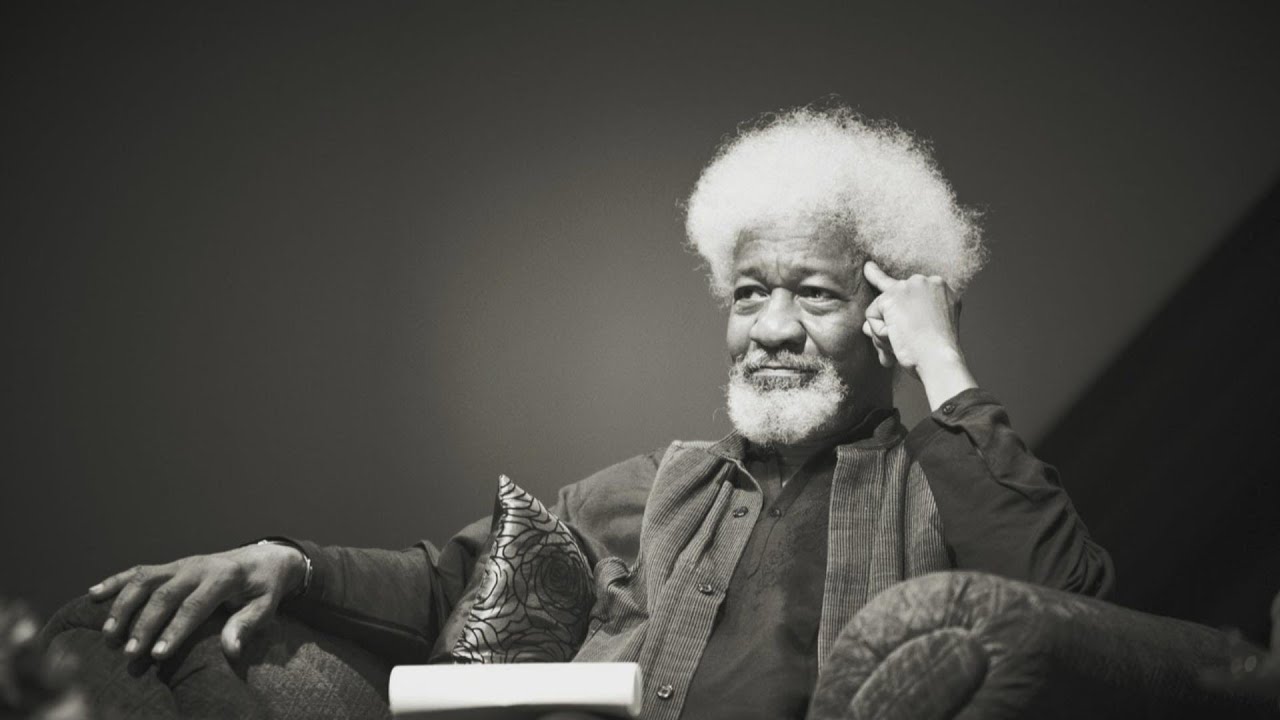advertisement
Wanted: ChatGPT That Knows Wole Soyinka

On or about September 2022, an artificial intelligence (AI) large language model was released into the zoo for public viewing in preparation for its imminent release into a wide, wild web as the latest invasive species.
Ecologists have warned us over centuries about the dangers of bringing foreign animals and plants into an ecosystem as they tend to destabilise, realign, and at times, totally destroy an ecosystem. But, as usual, we have wholly ignored them until it was too late to reverse the damage. At this point, we try to adapt the environment to the new species.
When the Russian walloping of Ukraine kicked off, many African countries suddenly realised they were wholly dependent on wheat and sunflower oil from the waring region. Yet every African country’s first independent presidents’ rallying call, from Cameroon to South Sudan, was about food security for all. Clearly, it was nothing more than “leap” service.
advertisement
What is the relevance of this to the release of an AI, you must be asking yourself. Wheat and maize, which during colonialism became the staple for most African populations, are generally foreign to the region. Thus, we need to keep pumping our farms full of artificial fertilisers and spraying pesticides to keep the crops from being devoured by indigenous protectors of the ecosystem; wrongly branded as parasites.
Due to this, many African countries have been unable to become food secure. Thanks to the exponentially increasing costs of artificial fertilisers and related chemicals required to keep the local soils from rejecting foreign implantation.
As we move into this new and uncharted waters of AI, let us keep in mind what has happened to Africa’s food security as a result of our dependence on foreign producers of our new staples. This is accompanied by our refusal to accept our indigenous foods. The kind that fed our ancestors for eons, as the solution.
advertisement
I was fortunate to get on the AI bandwagon early enough. I spent enough time exploring its capabilities when it came to text prompts all the way to implementation that enabled text-to-image as well as text-to-video, the latter being the scariest.
What I realised with all the AI applications was that none included any African relevance. For example, I told ChatGPT to write me an article in the style of Wole Soyinka or Ngugi wa Thiong’o, it couldn’t. It was not trained in their writings.
With the text-to-image models, the default creation is Caucasians with one having to specify either African or add melanin to have the description for the prompt generate African features either facial or anatomical. Never mind the fact that when you do that, all the characters look predominantly West African or pre-Malcom-X US.
advertisement
What that means is that Africa has little to no input in the training of the various AI models. It means our progress since independence to try and create our own identity is about to turn to nought.
So, expect to start feeling like you live in pre-colonial Africa with images that surround you and the articles you read, except for this one, to have the voice of our colonisers. As usual, mine is but a cry in the wilderness.